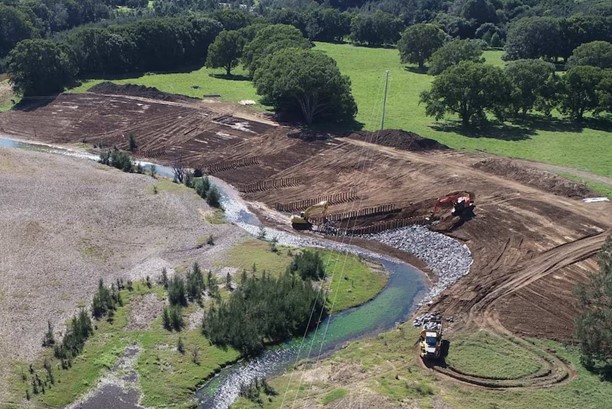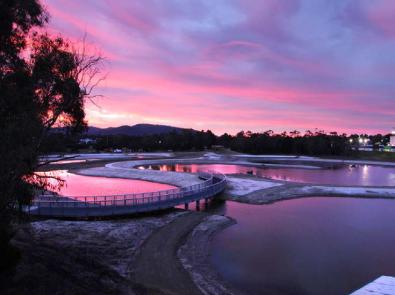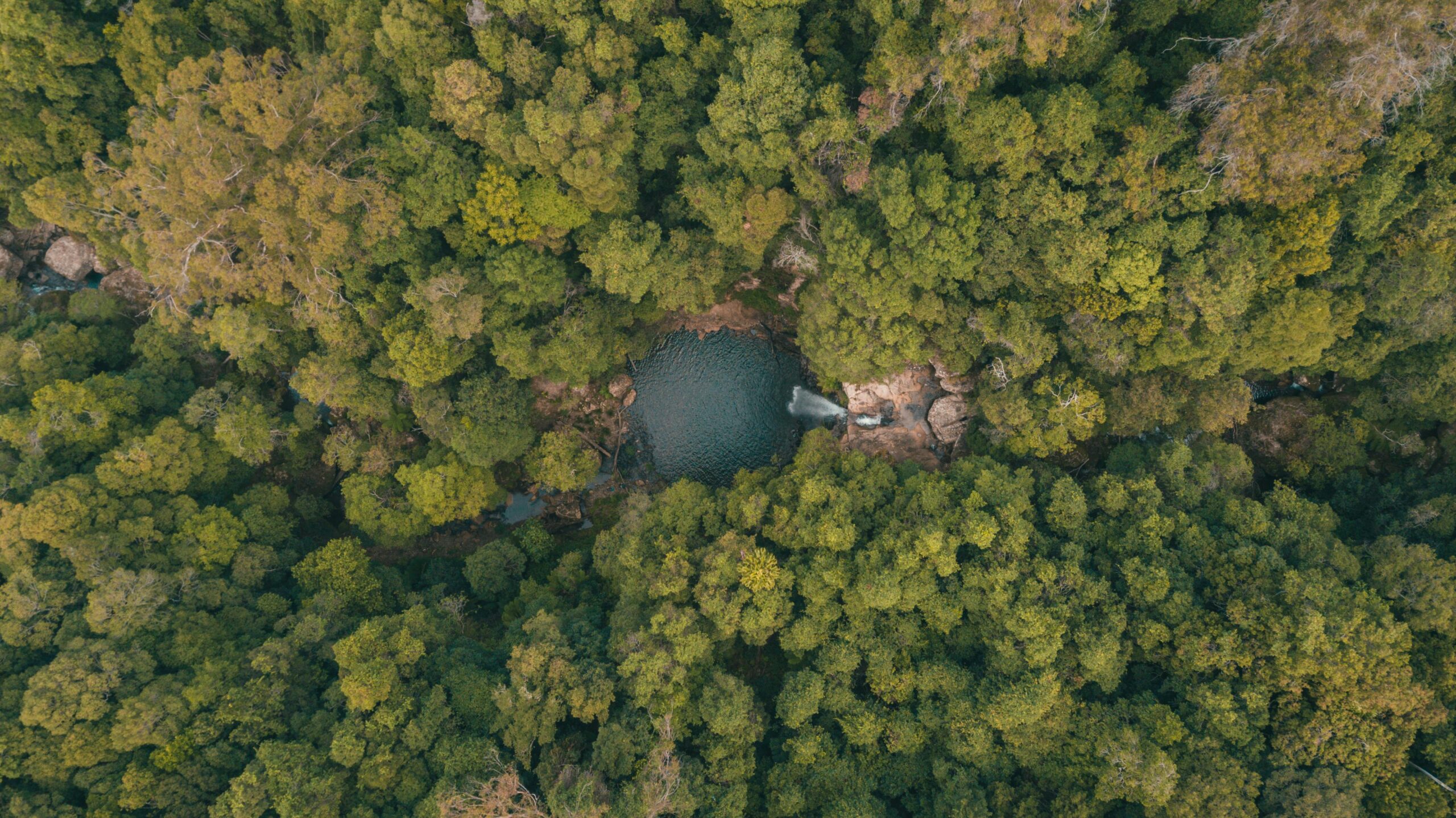Mary River recovery program
Alluvium led the restoration of one of the Mary River’s most degraded reaches—combining bioengineering and stakeholder collaboration to reduce sediment to the Great Barrier Reef, protect endangered species, and achieve an 85% erosion reduction after major flooding.

Over the past decade, Australian and Queensland Governments have invested millions to reduce sediment supply to the Great Barrier Reef (GBR). The Mary River, flowing through Kenilworth, has been one of the most eroding reaches in the GBR catchments, facing significant land-use pressures since European settlement, including vegetation clearing and extensive alluvial sand and gravel extraction. This resulted in major channel widening (40-60 m) and straightening, with an estimated 1.9 million cubic meters of sediment exported annually. The reach also contains endangered species, such as the Mary River turtle.
.From 2014-2021, Alluvium worked with stakeholders to develop and implement a restoration plan focusing on bioengineering methods like bank battering, permeable groynes, revegetation, and stock exclusion. The plan led to the stabilisation of approximately 2.5 km of streambank, improving riparian condition and habitat.
In 2022, a major flood event tested the effectiveness of these measures, showing an 85% reduction in erosion, demonstrating significant success in protecting the GBR by reducing sediment loads.


